Table of Contents
Umpire Calls Triggered Historic Cricket Turnarounds
Introduction!
In cricket, the umpire is the final arbiter — the human eye that must decide on split-second calls. But sometimes, these umpire calls in cricket become much more than just decisions; they become moments that change the course of matches, careers, and even cricketing history.
Controversies over umpiring decisions have sparked fierce debates, led to rule changes, and even caused international tensions. Let’s take a deep dive into the Top 10 times umpire calls in cricket triggered historic turnarounds that nobody forgot.
1. The Underarm Bowling Incident – Australia vs New Zealand, 1981
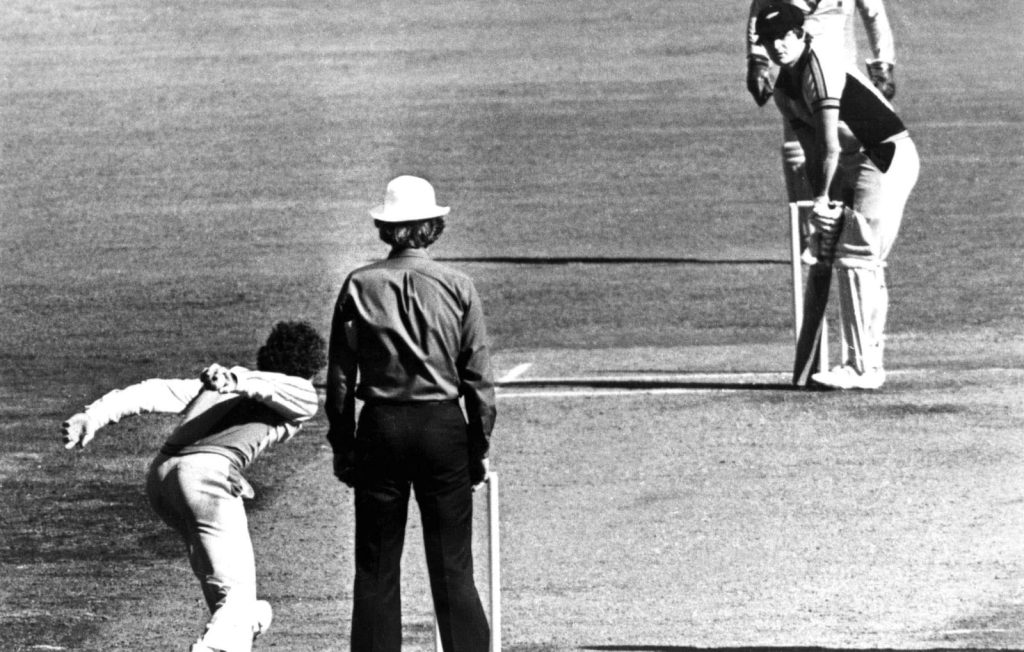
- Date: February 1, 1981
- Venue: Melbourne Cricket Ground
- Incident: Trevor Chappell’s infamous underarm delivery
Although legal at the time, the umpire allowed Trevor Chappell to bowl underarm to prevent a six. This controversial umpire call in cricket caused outrage worldwide.
Why it’s historic:
It changed the spirit of the game debate and led to a rule ban on underarm bowling.
Impact: Cricket authorities introduced clearer laws around bowling legality.
2. Inzamam-ul-Haq’s Run-Out Controversy – 2006 Lahore Test
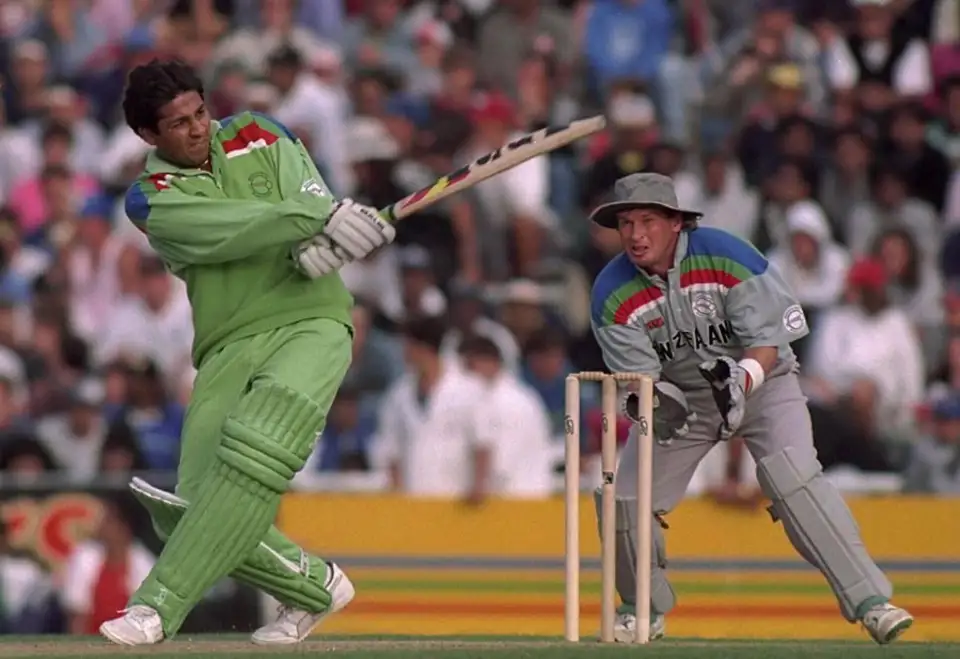
- Date: March 30, 2006
- Venue: Lahore
- Incident: Run-out dismissal ruled despite mid-air jump
The umpire ruled Inzamam run out as he was airborne and out of his crease. This umpire call in cricket remains one of the most debated decisions.
Why it’s controversial:
It questioned interpretations of the crease and timing.
Impact: Sparked discussions on wicket-keeping and batsman safety.
3. Ball-Tampering Decision – 2018 South Africa vs Australia
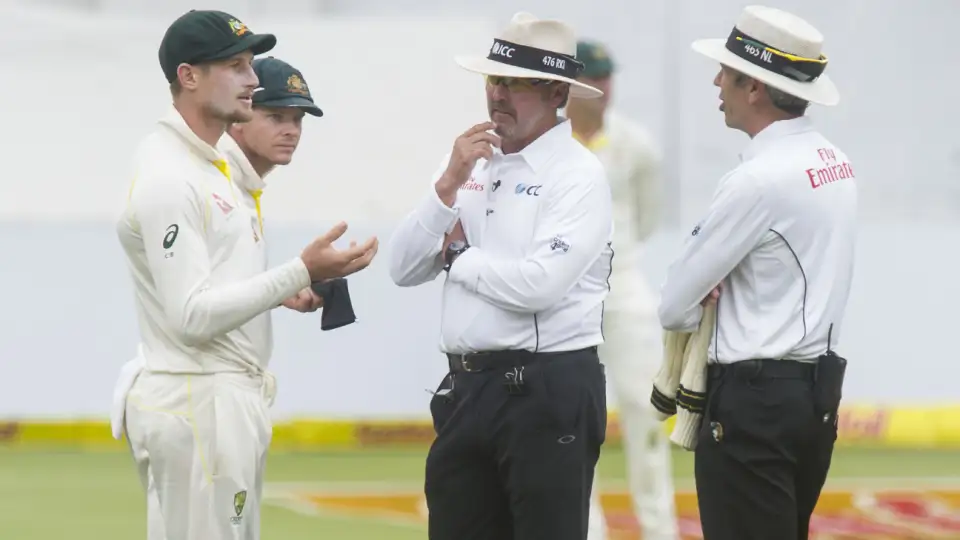
- Date: March 24, 2018
- Venue: Cape Town
- Incident: Smith, Warner, and Bancroft suspended for ball-tampering
The umpires’ calls led to a major scandal. The decision to uphold the ball-tampering charge changed cricket’s integrity conversation forever.
Why it’s monumental:
Led to suspensions of top players and team captaincy changes.
Impact: Stricter scrutiny on player conduct and technology use.
4. The Mankading of Jos Buttler – IPL 2021
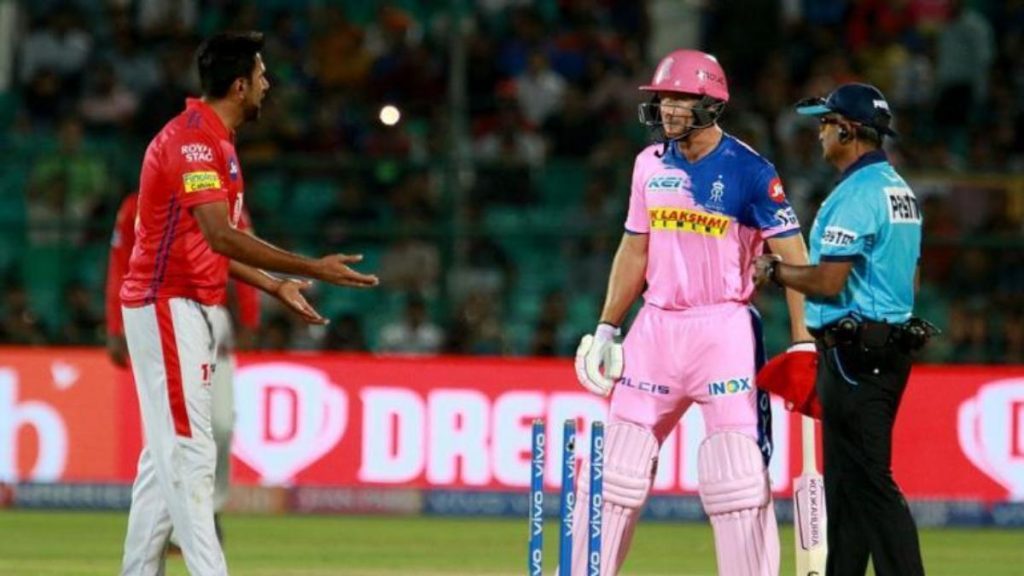
- Date: April 14, 2021
- Venue: Mumbai
- Incident: Mankad run-out upheld by umpires
The controversial dismissal of Buttler for backing up too far sparked debates about umpire calls in cricket versus spirit of the game.
Why it’s divisive:
While legal, many fans debated sportsmanship.
Impact: Renewed discussions on laws and player respect.
5. The “Sandpapergate” Umpire Calls – 2018 Australia Tour
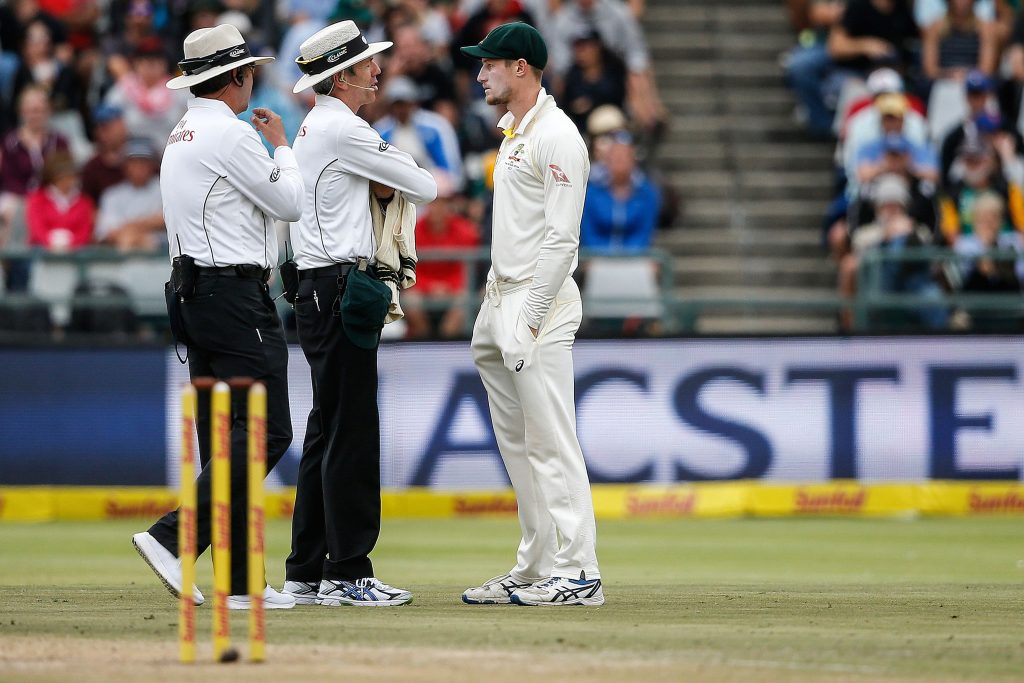
- Date: March 2018
- Venue: South Africa
- Incident: Umpires detecting ball condition issues
The umpires’ observations and calls triggered investigations that rocked world cricket.
Why it’s significant:
Umpire calls highlighted technology and fair play limits.
Impact: Introduced more rigorous ball monitoring.
6. The No-Ball Call that Cost England the 2019 World Cup
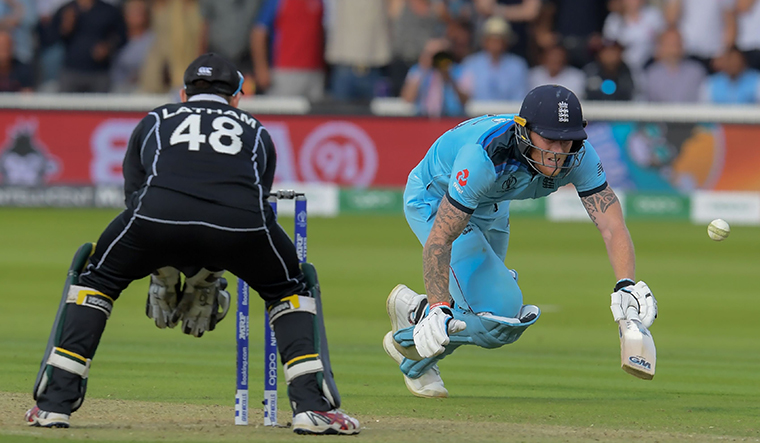
- Date: July 14, 2019
- Venue: Lord’s
- Incident: No-ball call on Jofra Archer’s last delivery
The umpire’s no-ball call gave New Zealand an extra run and an extra ball, changing the game.
Why it’s critical:
The match went to a super over and then a boundary count decision.
Impact: Led to changes in no-ball monitoring and DRS protocols.
7. The LBW Decision Against Shane Warne – 1999 World Cup
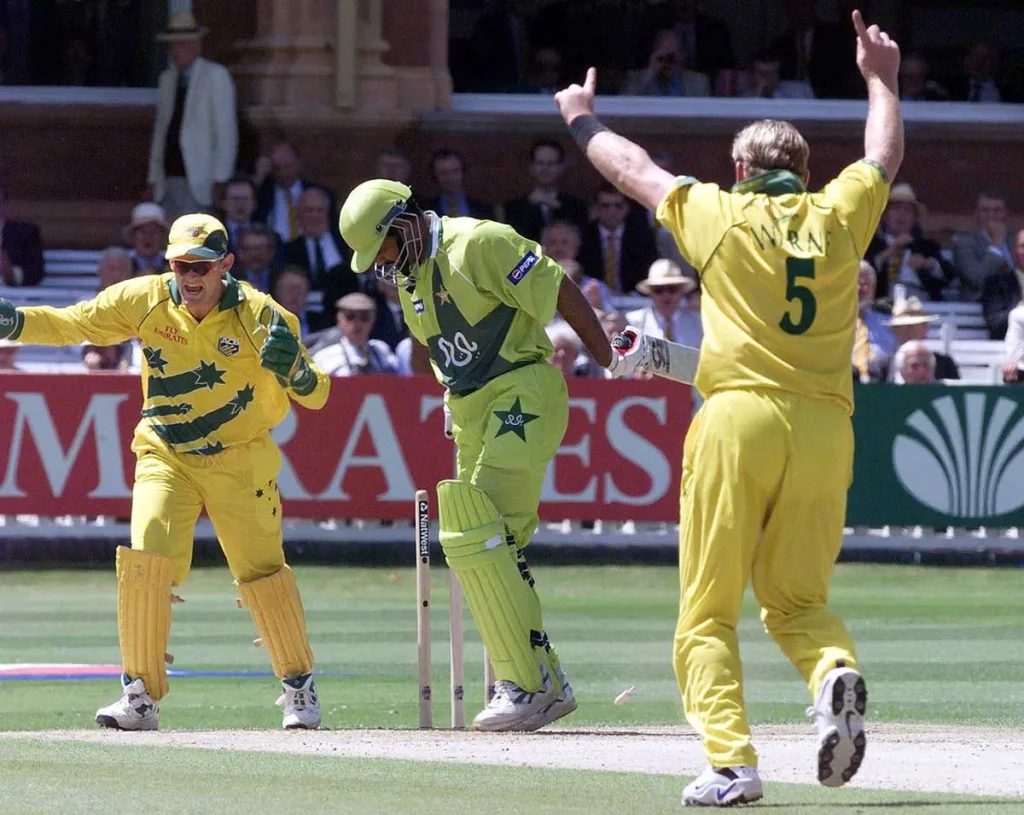
- Date: June 30, 1999
- Venue: Leeds
- Incident: Questionable LBW decision
The umpire’s decision shocked many, as Warne was given out in a crucial moment, swinging momentum.
Why it’s debated:
Replays showed doubt on ball trajectory.
Impact: Strengthened calls for better DRS use.
8. The Overturned Catch Decision – India vs England, 2016
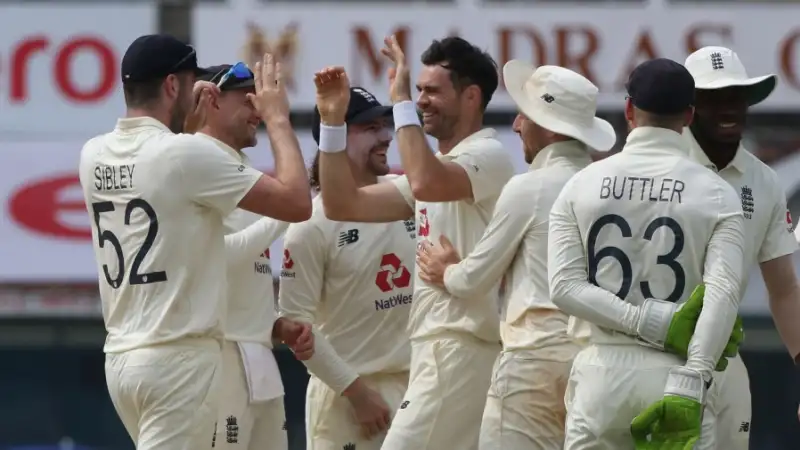
- Date: August 2016
- Venue: Trent Bridge
- Incident: Catch overturned after on-field decision
The umpire’s call was overturned by the third umpire, causing confusion.
Why it’s historic:
Showed the growing power of technology in umpire calls in cricket.
Impact: Led to changes in referral limits.
9. The DRS Misinterpretation – Pakistan vs Australia, 2017
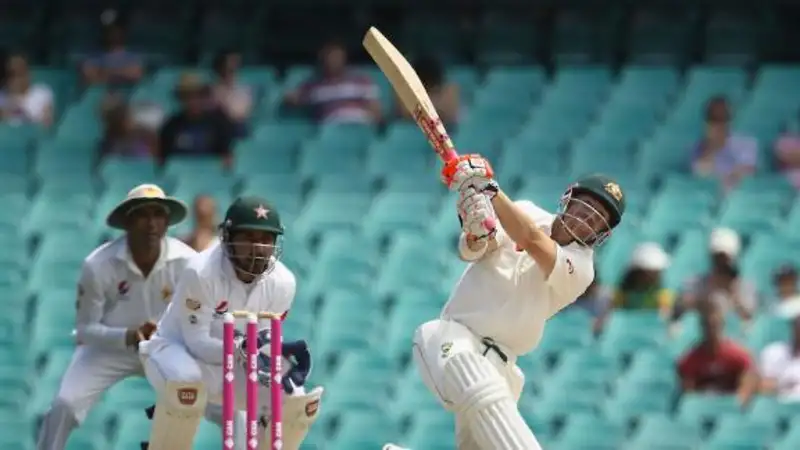
- Date: October 2017
- Venue: Dubai
- Incident: Miscommunication in DRS leading to wrong call
The umpire’s call was confusing, causing frustration on both sides.
Why it’s memorable:
Highlighted flaws in DRS protocols.
Impact: Prompted clearer DRS guidelines.
10. The False Start Decision in Test Cricket – 2020
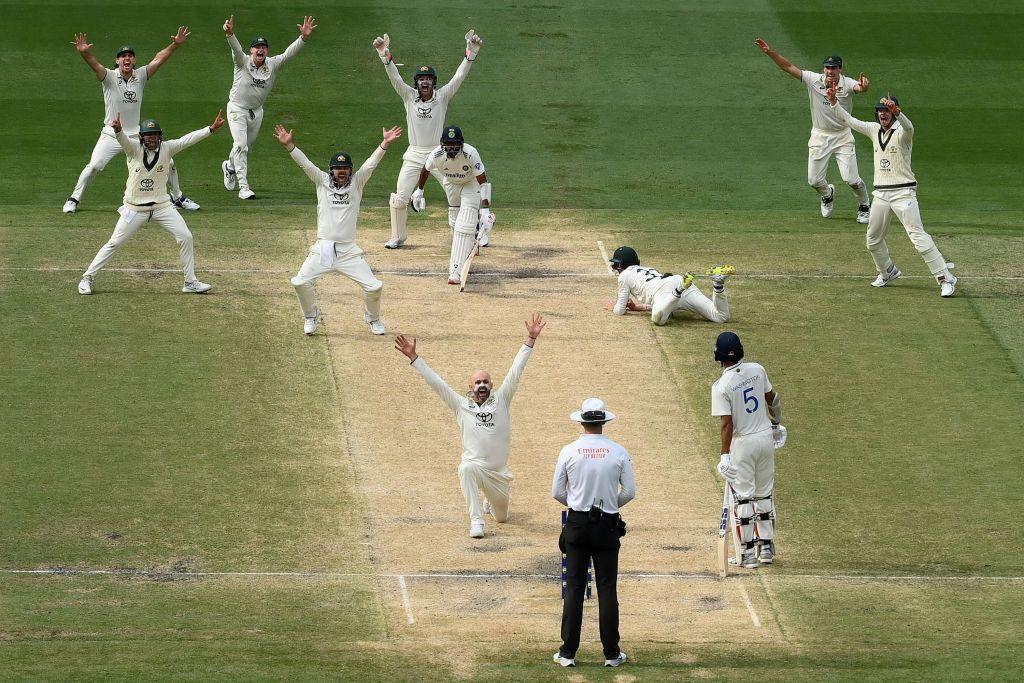
- Date: January 2020
- Venue: Sydney
- Incident: Umpire called no-ball for a false start
An unusual call that led to protests and debates on bowling rules.
Why it’s rare:
Such calls are almost unheard of.
Impact: Triggered discussions on umpire discretion.
The Impact of Umpire Calls in Cricket
Umpire calls in cricket are often the fulcrum on which matches turn. Whether right or wrong, these decisions test the integrity of the sport and the pressure on officials.
With technology like DRS, some errors have reduced, but controversies remain part of cricket’s drama.
The history of cricket is peppered with moments where umpire calls in cricket became the defining factor. From game-changing no-balls to infamous run-outs and controversial LBWs, these decisions have shaped cricket’s narrative and its passion.
While technology strives to minimize errors, human judgment remains at the heart of cricket’s unpredictability — reminding us that the game is as much about drama as skill.
FAQs – Umpire Calls in Cricket!
What technology helps with umpire calls?
DRS (Decision Review System), ball-tracking, ultra-edge, and Hawk-Eye assist umpires.
Can umpire calls be overturned?
Yes, via player reviews or third umpire decisions.
Are umpire decisions final?
On-field calls stand unless successfully reviewed.
